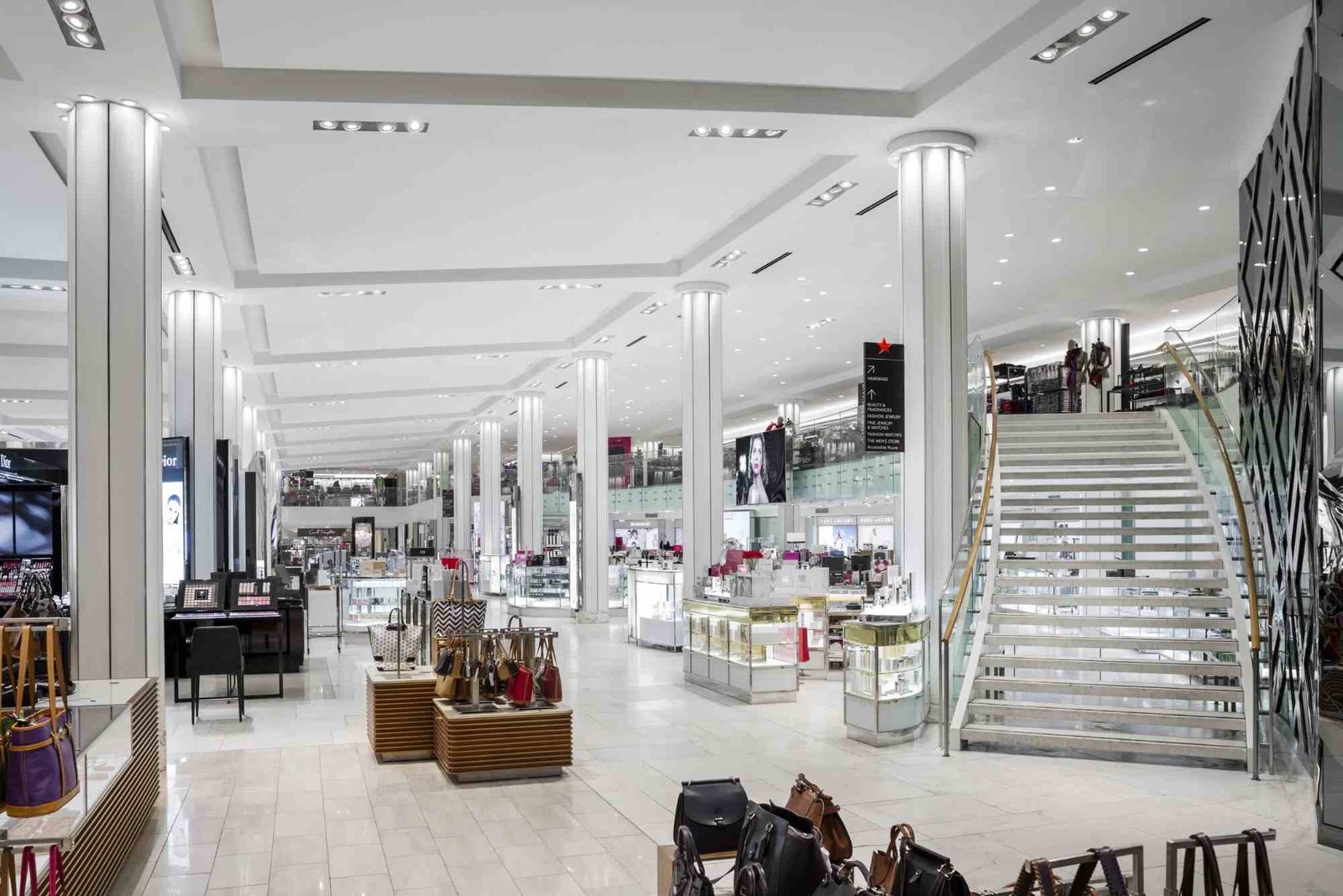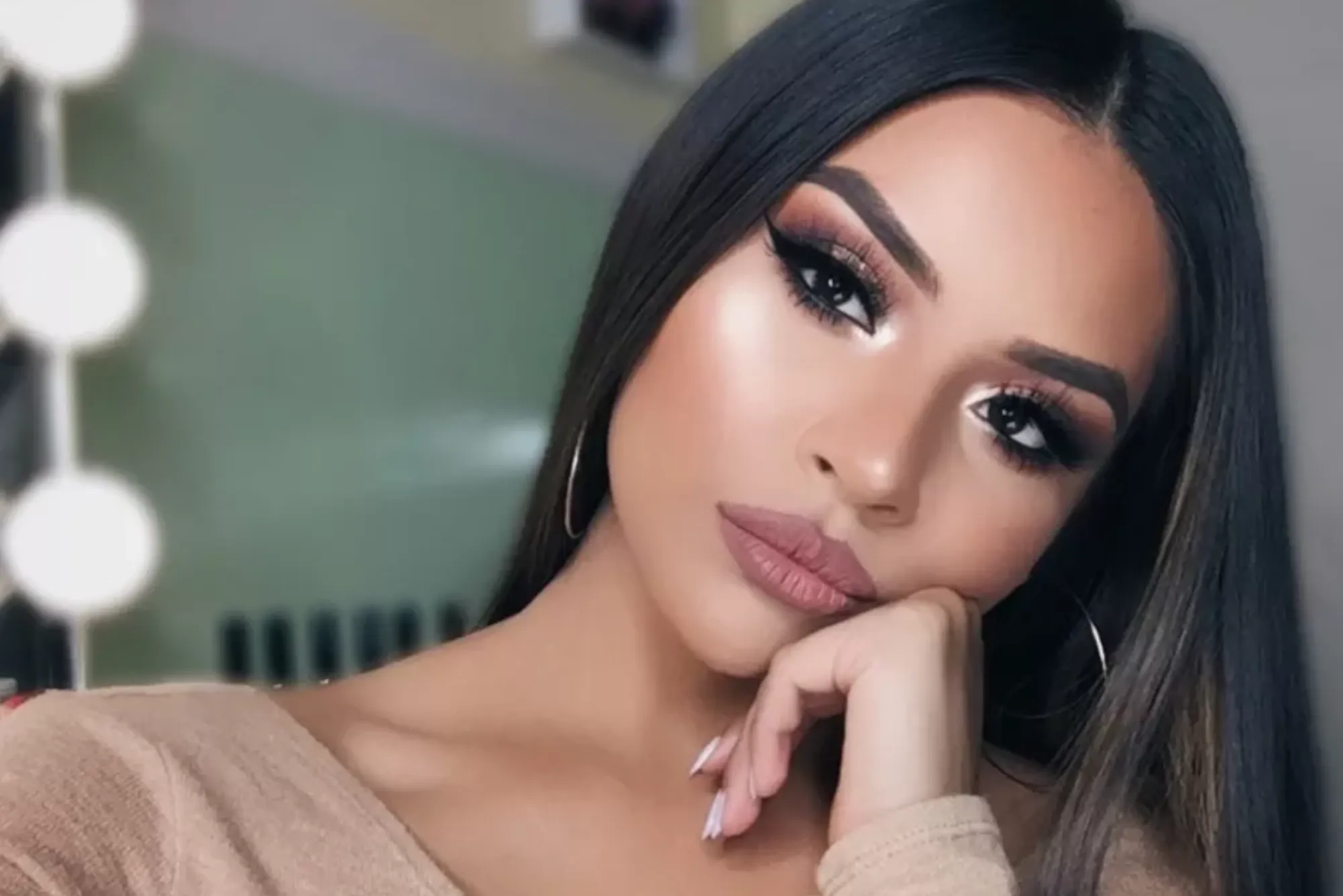The Roaring Twenties, a decade of societal change and cultural dynamism, left an indelible mark on fashion history. Characterized by economic prosperity and a newfound sense of liberation, the fashion of the 1920s broke away from traditional norms, reflecting the spirit of an era defined by jazz, Art Deco, and a bold embrace of modernity.
Women’s Fashion in the 1920s
Flapper Style:
At the forefront of 1920s women’s fashion was the iconic flapper style. Flapper dresses boasted daringly short hemlines and a dropped waistline, allowing for greater freedom of movement and a departure from the restrictive corsets of previous decades. This silhouette, epitomized by its loose and straight cut, symbolized the era’s rejection of Victorian modesty in favor of youthful exuberance and independence.
Accessories:
Complementing the flapper dress were accessories that defined the look. Cloche hats, snugly fitting over cropped hair, became a staple, while long strands of pearls adorned necks and headbands embellished with feathers added a touch of glamour. These accessories not only completed the flapper ensemble but also symbolized a departure from conventional femininity.
Men’s Fashion in the 1920s
Classic Suit:
Men’s fashion in the 1920s evolved towards a more relaxed silhouette. Suits featured a looser fit, with high-waisted trousers and wide lapels, embodying a blend of elegance and comfort. This departure from the formalities of previous decades reflected a broader societal shift towards casual sophistication.
Accessories:
Accessories played a crucial role in defining men’s style during this era. Fedora hats became synonymous with sophistication, while suspenders and two-tone shoes added a touch of flair. These accessories not only reflected personal style but also signaled social status and adherence to contemporary fashion trends.
Cultural and Economic Influences
The exuberant fashion of the Roaring Twenties was deeply intertwined with the cultural and economic landscape of the time. Following the devastation of World War I, a wave of economic prosperity swept through Western societies, leading to increased consumer spending and a desire for novelty and luxury. The Art Deco movement, with its emphasis on geometric shapes and modern aesthetics, influenced clothing design, resulting in garments that were both visually striking and functional.
Legacy and Contemporary Influences
The legacy of 1920s fashion continues to resonate in contemporary design. Elements of flapper style, such as beaded embellishments and fringe details, frequently make appearances on modern runways and in mainstream fashion. The 1920s’ emphasis on comfort and individual expression has left an enduring mark on how we perceive and engage with fashion today, highlighting its timeless appeal and relevance.
The fashion of the Roaring Twenties remains a testament to an era defined by social change, artistic innovation, and a bold embrace of individuality. From the revolutionary flapper style to the refined elegance of men’s suits, 1920s fashion continues to inspire and captivate, reminding us of a transformative period in history where clothing became a canvas for expressing newfound freedoms and aspirations.
As we navigate the complexities of modern fashion, the spirit of the Roaring Twenties invites us to embrace creativity, authenticity, and a sense of adventure in our own sartorial choices, ensuring that its influence endures for generations to come.












